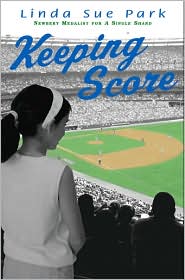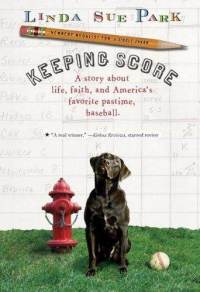I’m stepping out from under my self-imposed Cone of Silence . . .
. . . to share the happy news that my new Young Adult novel, Before You Go, will be reviewed in the upcoming New York Times Sunday Book Review. In fact, the way these things work, it’s already online.
For authors, the NYTBR is still the paper of record, and it’s a great feeling to be included in that conversation.
When you tell people that you write children’s books there’s a variety of reactions and non-reactions. Some folks are impressed, even jealous. Others are mute, mystified, and possibly suspicious. The conversation quickly shifts. But a review in the Times is the kind of thing that even Uncle Hank in Elmira can respect.
Money quote:
“Preller makes us care about these people.
We wonder about them when they’re gone.”
Here’s the link to the full piece, which includes a review of Two or Three Things I Forgot to Tell You by Joyce Carol Oates. Some nobody, I guess.
But seriously, Joyce Carol Oates and me. As if we were equals.
More relevant passages:
Preller has created the kind of male protagonist mothers will love for their daughters. Jude is gentle, thoughtful, nonsteroidal and blessedly free of strut. He’s got good friends who don’t tempt trouble, or, at least, don’t tempt all that much. In fact, they are not “geeks, not freaks, not burnouts. In that sense they were like the color black, actually an absence of color, defined by what it was not: not blue, red, orange, green, heliotrope or puce.”
Moreover, Jude is respectful of the girl he likes, and (bonus points) he’s chosen the right girl, the utterly likable Becka. Most of Jude’s friends know his little sister died seven years ago when Jude was only 9 years old. What they don’t know is just how responsible he feels.
The car accident will, of course, change everything; how could it not? It will test Jude’s faith in the world and his relationships. And if sometimes the exposition grows oversaturated with details about, say, beach-side concession stands or boy-quality zombie talk; if the language doesn’t quite lift off the page as much as it might; if, at times, the action slows just a bit too much, Preller makes us care about these people. We wonder about them when they’re gone.
I’m grateful to Beth Kebhart for this kind, thoughtful review. It shouldn’t, but it means a lot to me (I tell myself to be impervious to these things, the accolades as well as the slings and arrows). But still: the Times! Validation, recognition, whatever you want to call it, sign me up. Though I’ve been involved in children’s books for half my life, first publishing an 8″ x 8″ picture book, Maxx Trax: Avalanche Rescue! in 1986, and later writing the Jigsaw Jones mystery series — 40 titles, 10,000,000 sold — I did not get reviewed until 2008 with Six Innings, an ALA Notable Book. If you write paperbacks, as I did, you are something of an ugly step-sister.
So the review process is a relatively new experience for me. Beth’s quibbles with the book (oh, we’ll call them quibbles, whispered softer than complaints) strike me as accurate, and certainly fair. Maybe the narrative is a little slow in parts, maybe there’s too much Jones Beach nostalgia. Too guy? I’m not sure about that (but I’m a guy). It is what it is, and I’m okay with it. Overall, my first YA has been a learning experience. I tried to write the best book I could, I really did strive to make those words lift off the page — and sometimes, here and there, maybe they do. And maybe I stumble at times, stagger around. All these years, still an apprentice. Thanks, Beth Kebhart, for the helping hand, the nod and smile across the cluttered room. At the very least, I’m grateful to have something to show Uncle Hank next time I’m up in Elmira (though, to be honest, we’ll probably skip the literary concerns and complain, instead, about the sorry state of our New York Mets).

















